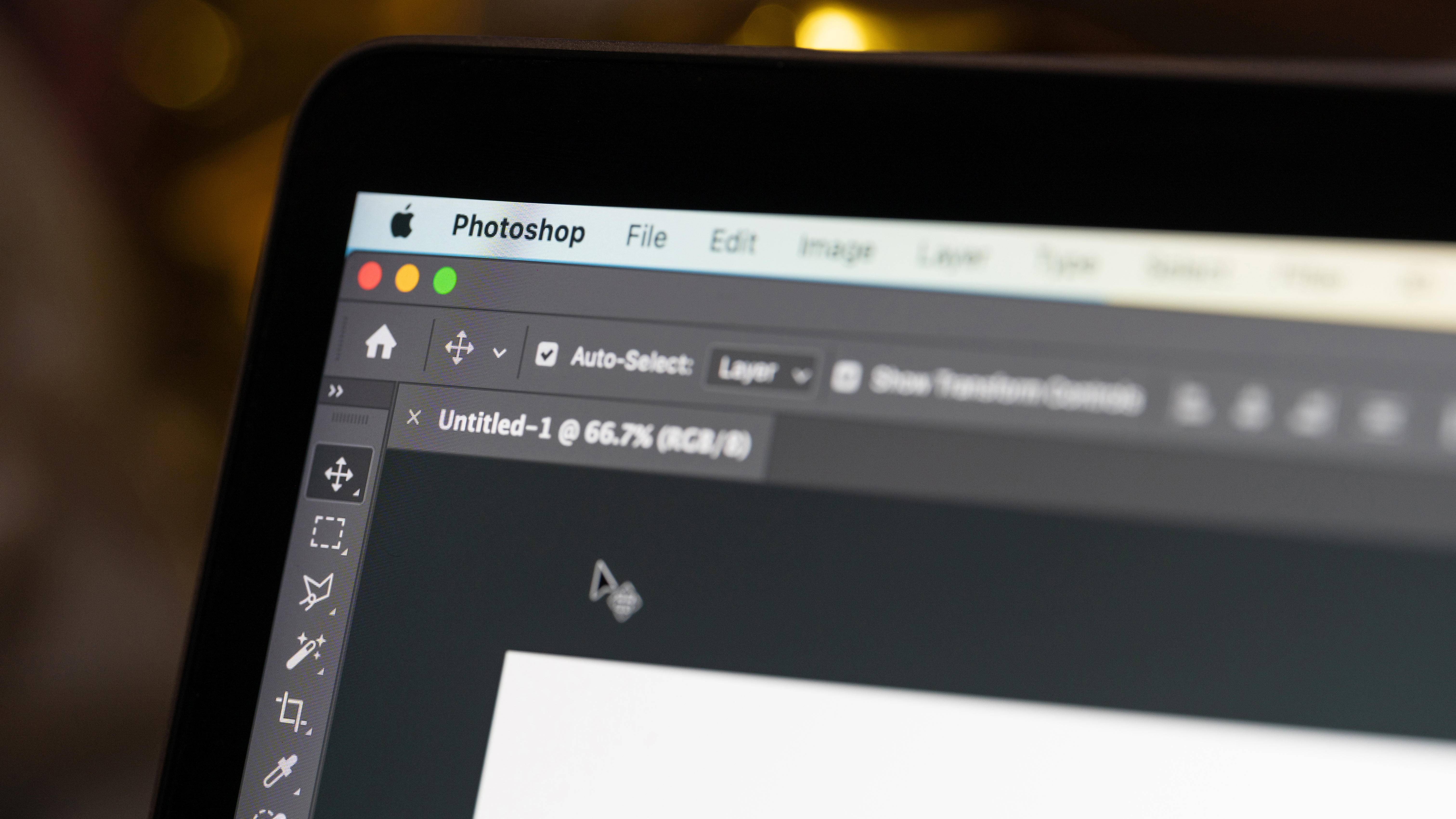Ditch the lab – this camera scanner gives you complete control over your film
Shoot film? It's time to ditch the photo lab AND your film scanner – this camera tool can scan faster, better and virtually anywhere
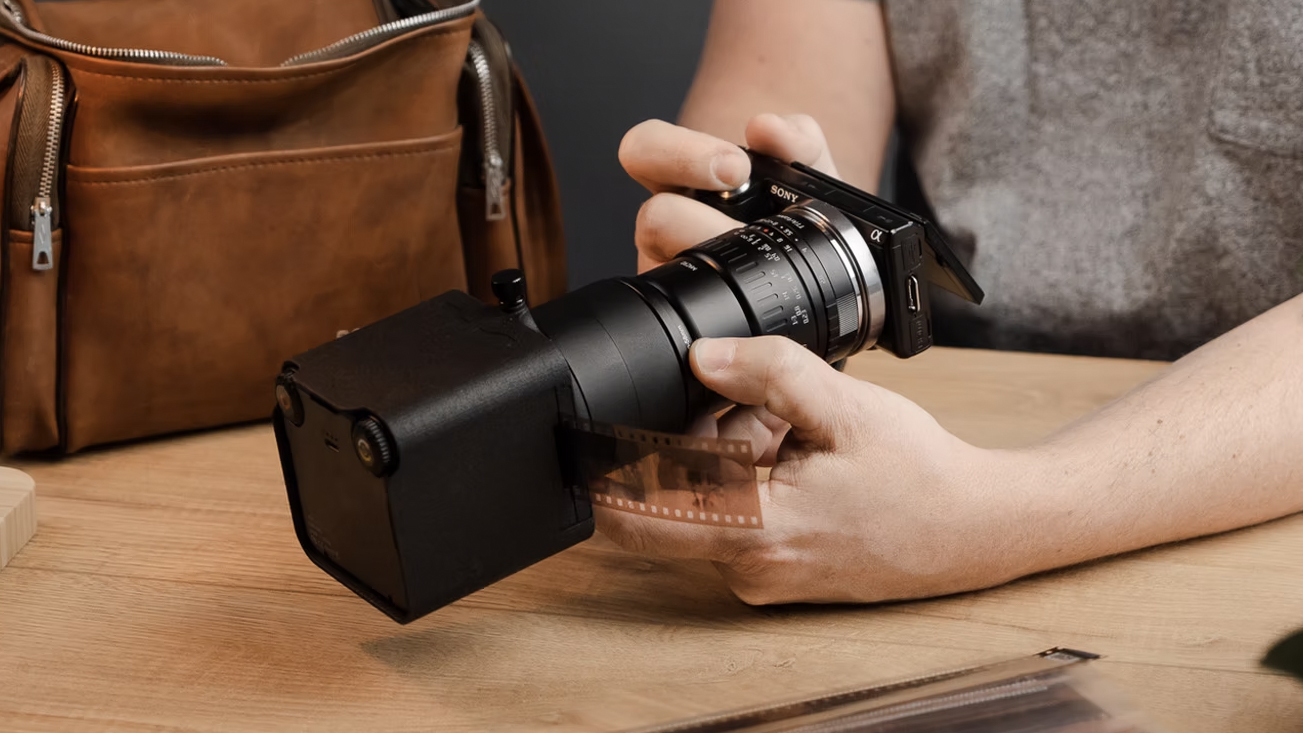
Different people shoot film for different reasons. For some, it's a creative choice – because, for all its advantages, digital just can't replicate that analog magic. For others, it's fun – again, digital cameras just can't match that tactile experience.
However, while everyone loves shooting film for their own reason, nobody loves scanning it. Whether you send your negs off to a lab or you scan them yourself on a flatbed at home, it's a tiresome, tedious, time-consuming process. Honestly, it almost killed my passion for film.
But the scanning products from Valoi take the pain away from analog shooting because they deliver quicker, cleaner, better results than even the best film scanners – and they enable you to fine-tune your results in a way that most labs don't bother, with flexible hi-res RAW files that serve as your digital negatives forever.
Easy by name, easy by nature
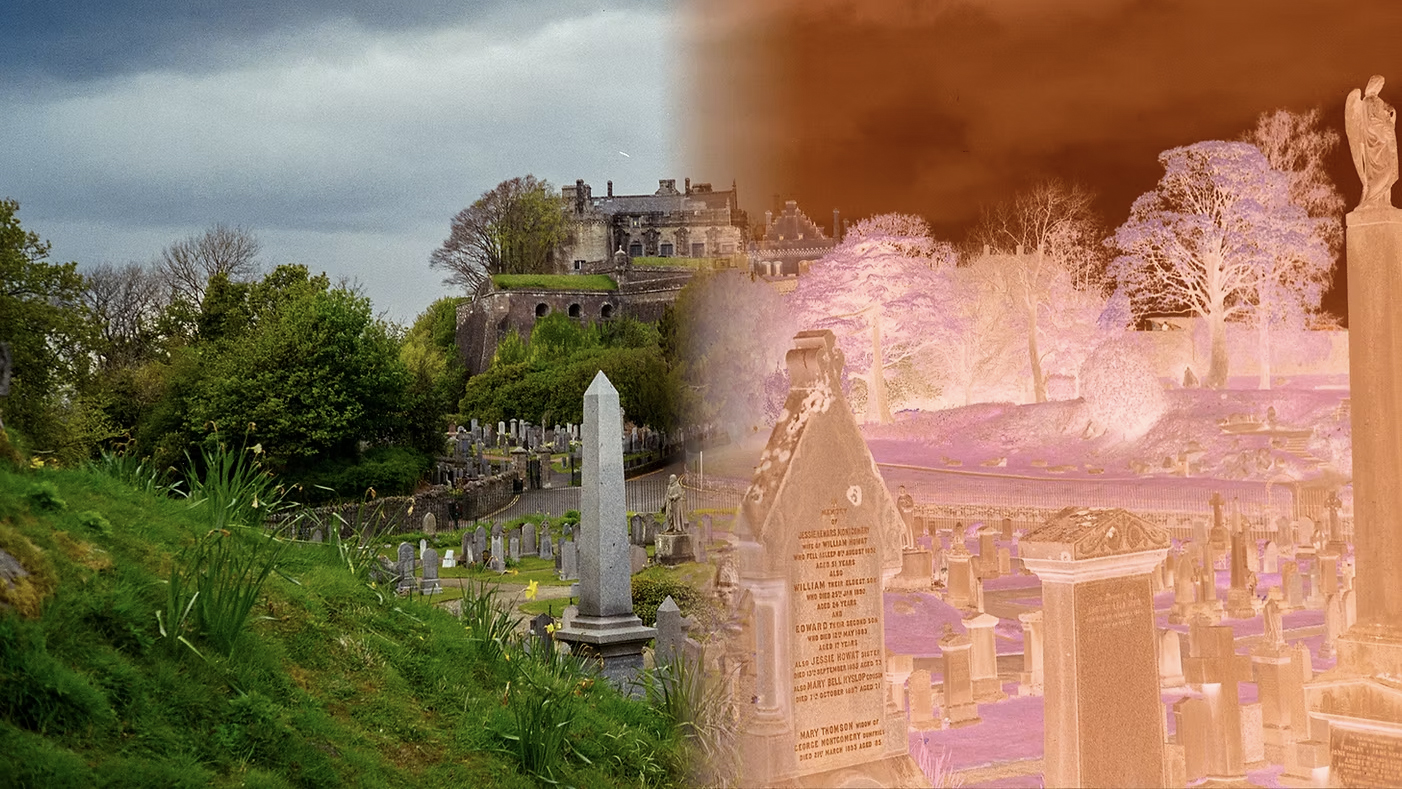
For me, two products are nothing short of game-changing: the Valoi Easy35 and Valoi Easy120. If you're someone who shoots 35mm or 120 film, you can sell your bulky flatbed scanner and never spend another penny getting subpar results from a lab.
Once you've developed your film and you're ready to scan, using them is as simple as pie. Let's say you want to scan a roll of 35mm; just grab your camera and a macro lens, attach the appropriate number of extension rings for its minimum focus distance, then mount it to the Easy35 with the right stepper ring.
Then simply feed your uncut roll through the Easy35, which keeps the film perfectly flat and perfectly back-illuminated with its built-in light source. Simply align the film and dial in the focus, press the shutter button and – hey presto – you've got a high-resolution scan in seconds.
What I love about this process, first of all, is it's so much faster than a flatbed scanner. Depending on your setup it can take anywhere from half an hour to two hours to scan a roll of film on a flatbed, but here the whole thing is done in under fifteen minutes.
The best camera deals, reviews, product advice, and unmissable photography news, direct to your inbox!
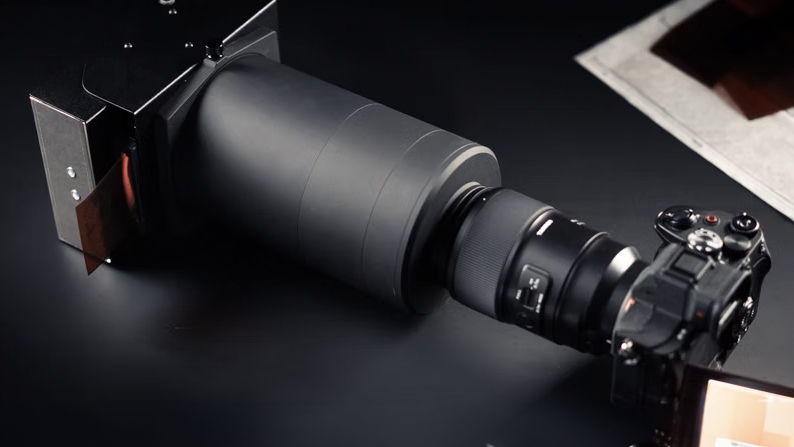
The second thing I love is that you're in control of every step of the process – and you can use the kit you've already got. Micro Four Thirds or APS-C camera? Perfect, you'll get great scans with great resolution. And if you're a full frame or even medium format user, you can harness all the megapixels on your sensor to get hyper-resolution scans.
The Easy35 and Easy120 both have a color temperature dial, so you can choose the temp while you're scanning rather than correcting it afterwards. And both accept power via a USB-C connection, so you can plug them into the mains for sustained scanning or – to my third favorite thing – use them on the go.
While I'm generally happy with the results from powerful flatbeds like the Epson V850, not only are they depressingly slow but they're big heavy tanks that take up a huge amount of desktop space. And they're completely impractical to take on a trip, so there's no way I can scan and share my shots until I get back home.
But because the Easy35 and Easy120 are so small and portable, I can pack them in my camera or travel bag and process my negatives when I'm away – including those times when I'm shooting on film for a client or assignment, enabling me to turn around my files the same day no matter where I am.
Modular magic

Valoi's portable camera scanners take a key cue from the full-fat desktop system, the Valoi 360. While the 360 focuses on complete customization for any film format, the Easy scanners offer a similar degree of modularity so you can tailor them to your needs.
The Duster, for example, is a no-brainer. Screwing this to the Easy35 or Easy120 means that your film has to pass through a double anti-static brush before entering the holder, ensuring that your scans are as clean as possible.
For the Easy120, you can add the Advancer Attachment to improve the accuracy of your advancements and adjustments, making your scanning easier and more efficient. Or you can add 35mm scanning to your arsenal with a single-frame Standard Holder or 90mm Panoramic Holder.
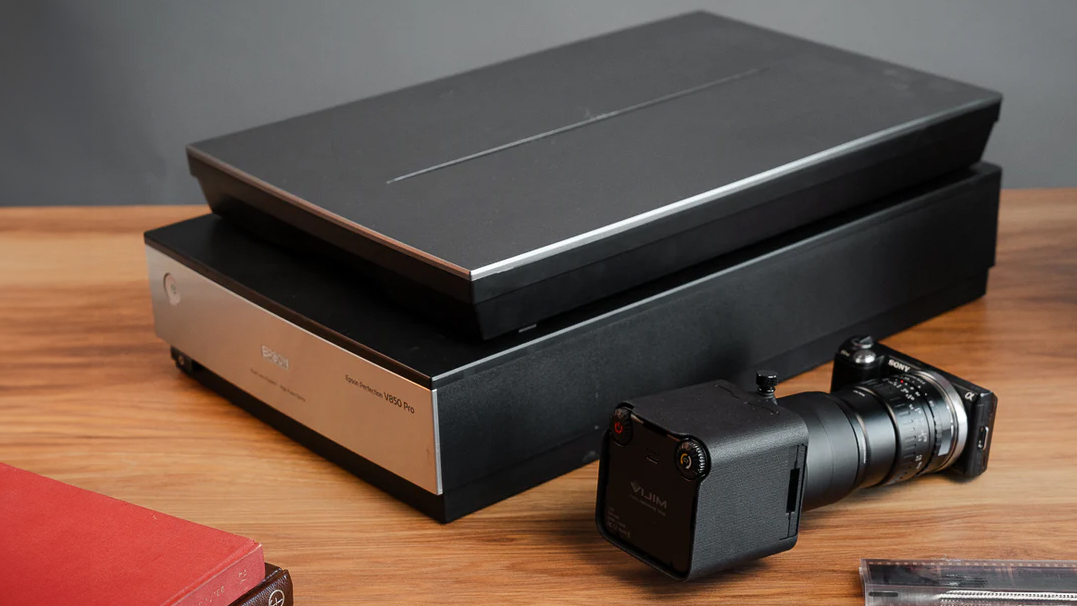
If you're purely a 35mm shooter, the Easy35 can be outfitted with the Precision Framing Helicoid for pinpoint stepless adjustment. You can even trick it out with holders for APS, 110, 126, Minox and Half-Frame Holders for multi-format scanning.
However you slice it, and whatever your needs, Valoi's Easy scanners transform your existing DSLR or mirrorless camera into a faster, cheaper, better quality film scanner than a flatbed – and you can set up your scans exactly how you want them, without any of the unpredictability or wait times of a print lab.
If you're an analog lover who's been losing your passion (like me) due to the laboriousness of using a scanner, or someone who's sick of paying and waiting for someone else to scan them for you, take a look at the Easy35 and Easy120. They're like the digital revolution all over again – but without having to give up film.
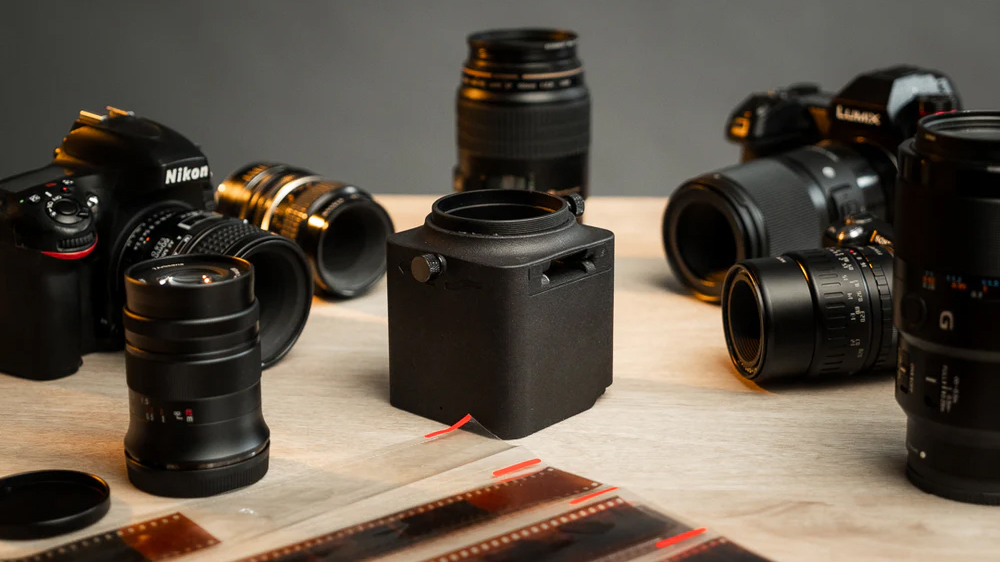
You might also like…
Make sure you're using one of the best film cameras and the best film for 35mm cameras, roll film or sheet film. And if you want classic looks with cutting-edge performance, take a look at the best retro cameras.

James has 25 years experience as a journalist, serving as the head of Digital Camera World for 7 of them. He started working in the photography industry in 2014, product testing and shooting ad campaigns for Olympus, as well as clients like Aston Martin Racing, Elinchrom and L'Oréal. An Olympus / OM System, Canon and Hasselblad shooter, he has a wealth of knowledge on cameras of all makes – and he loves instant cameras, too.
